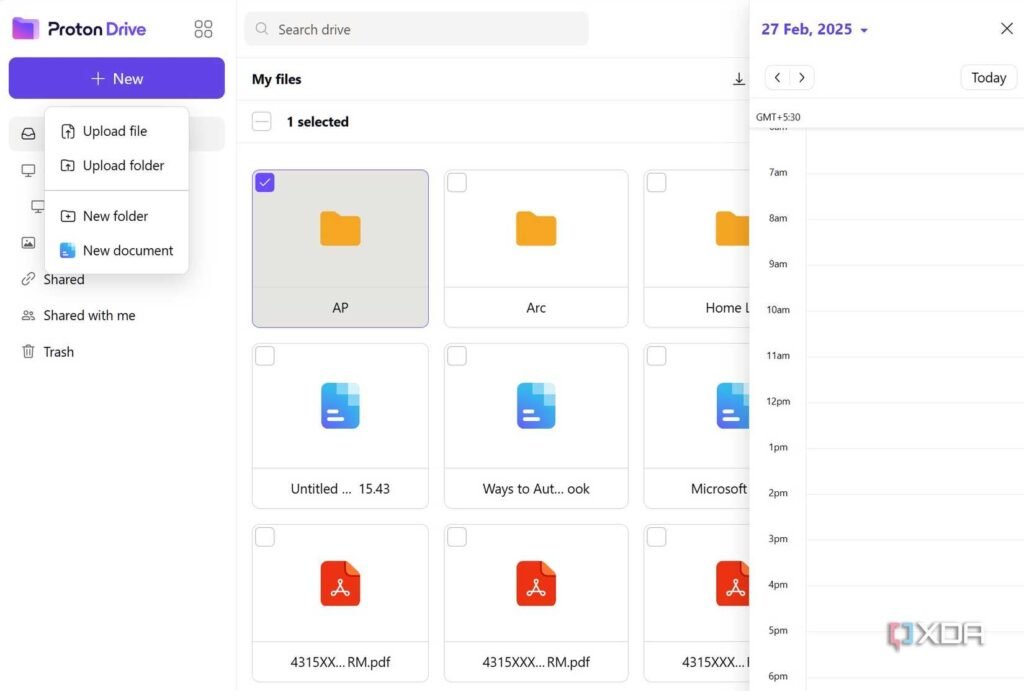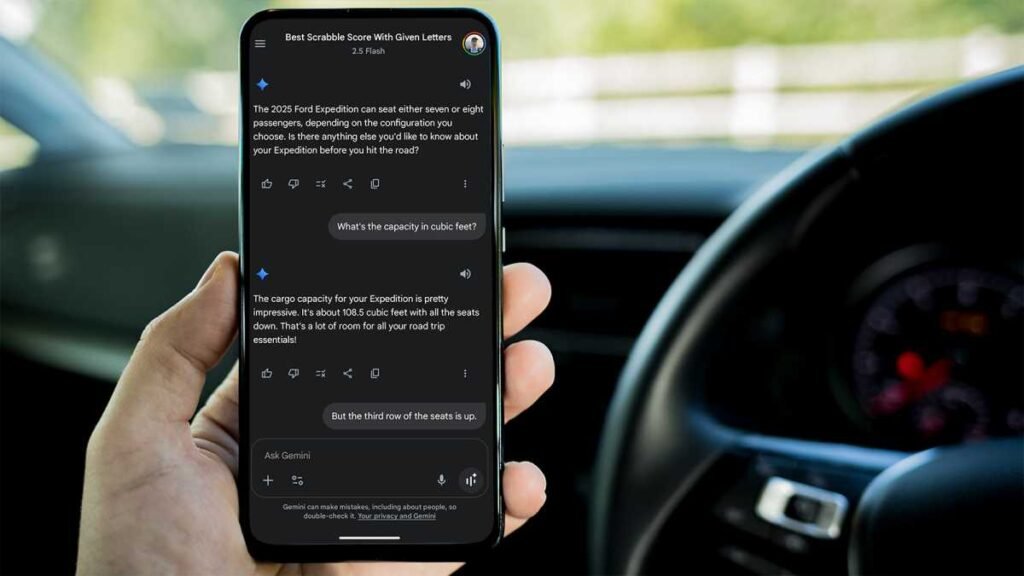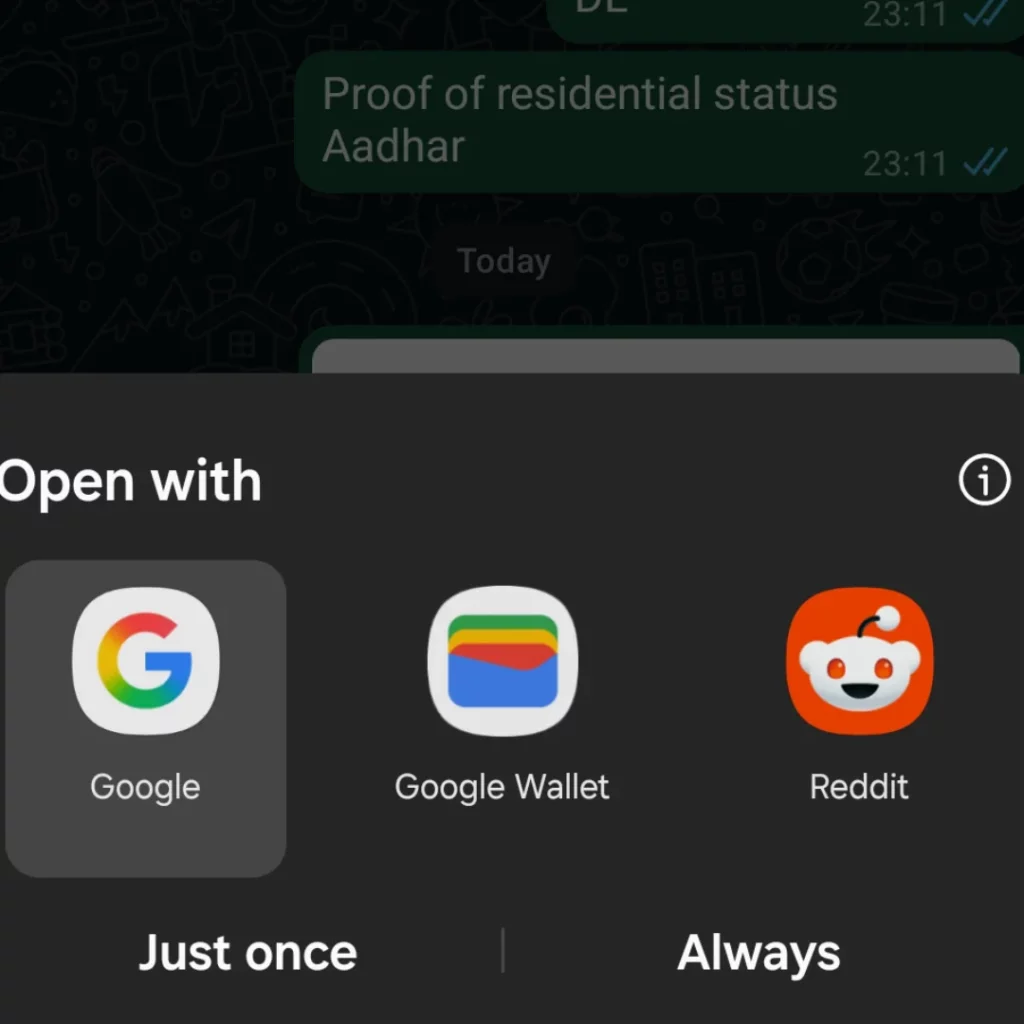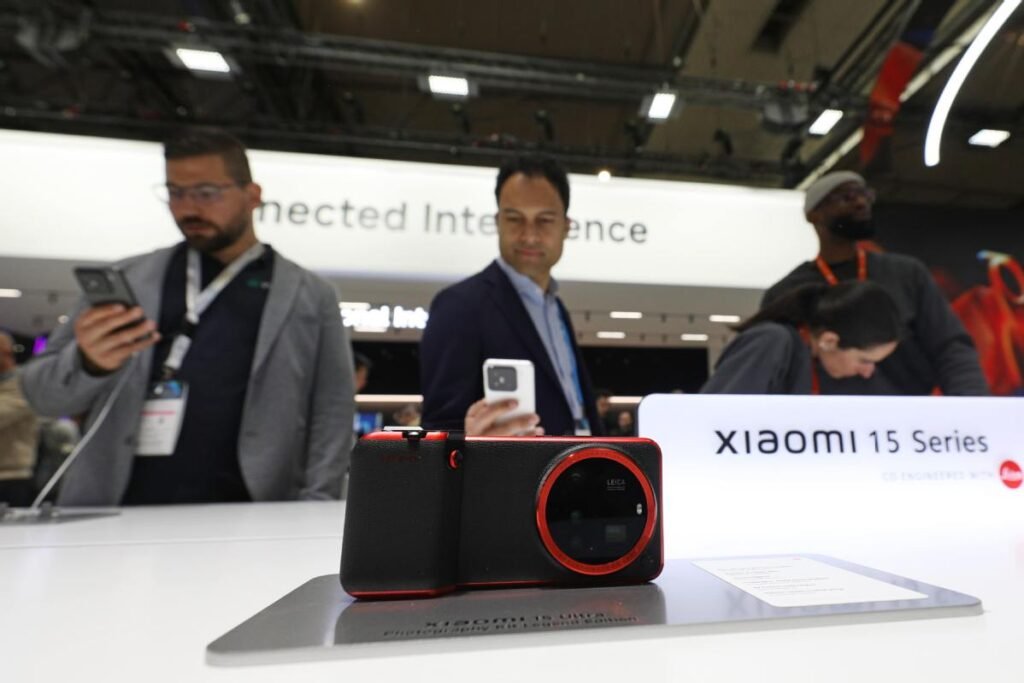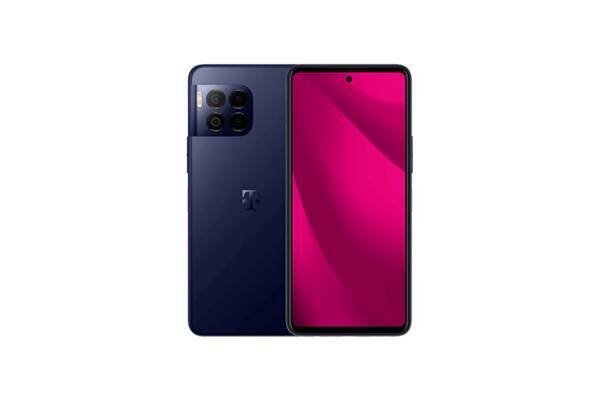Many schools are making an effort to go phone-free after multiple studies found kids learn better, face less bullying and interact more with other students when they’re not distracted by the devices during class time.
The idea is getting traction. A recent NBC News poll found 79% of adults either strongly or somewhat support states’ adopting smartphone restrictions in schools.
But it’s not a one-size-fits-all solution. Some schools turned to Yondr, a company that sells fabric pouches that need to be unlocked with a special device at the end of the school day.
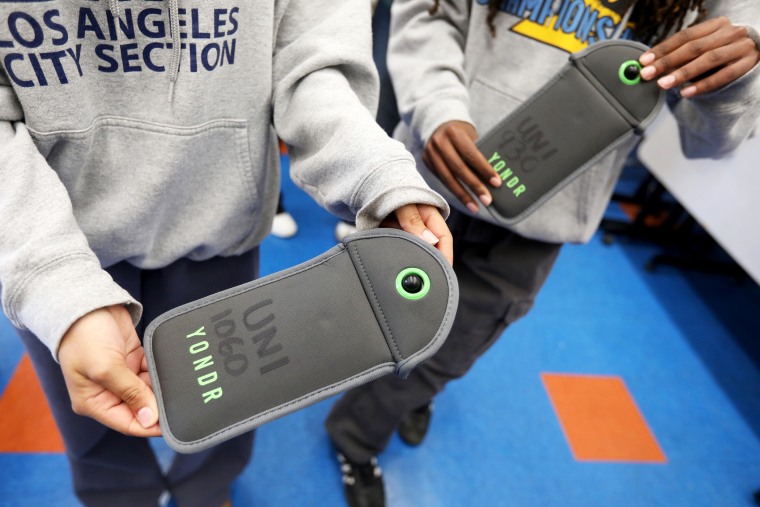
Yondr CEO Graham Dugoni said the pouches are used by about 2 million students in schools in all 50 states, at a cost of $30 per student for the pouch, training and support to start up the program.
“I think it’s an investment,” Dugoni said. “Every school is different. What we’ve learned how to do is get a community ready to go phone-free.”
Yondr declined to disclose the value of its public school contracts, but an NBC News analysis of the 10 largest districts in the country found at least six have purchased the pouches.
Major school districts using Yondr pouches
- New York
- Los Angeles
- Chicago
- Clark County, Nevada
- Houston
- Palm Beach, Florida
The Los Angeles Unified School District spent $5.2 million in the 2023-24 school year. Houston Public Schools allocated $800,000 for the program, and Chicago Public Schools spent $289,570 since 2023.
New York City Public Schools, the largest public district in the country, did not respond to NBC News’ public records request. The state now has a “bell to bell” ban on phones in school. This year, the city is giving $16 million to schools to implement the ban as they see fit. Some schools use the pouches.
At the New Pathways Academy in New York City, principal Lyne Turnbull said the pouches, implemented six years ago, work well for her 160 middle schoolers. She said she believes the ongoing cost is worthwhile.
“They’re talking, they’re chatting, they’re laughing,” Turnbull said.
Some districts have decided not to use the bags after trying them.
Sutter Middle School principal Tarik McFall said his school district in Folsom, California, tried the Yondr pouches for the 2023 academic year. But after just one year, administrators decided not to continue with the costly program.
“It turned into an extra step that we didn’t find necessary,” McFall said.
Now Sutter has an “off and away” phone policy where students are expected to keep their phones in their backpacks during the day. “When a student comes to campus, I don’t want to see your cellphone. And that’s actually pretty easy to monitor,” he said.
Sutter eighth grader Kailea McFarland said the pouches were ineffective because students could open them and damage them to get to their phones.
“They would, like, bang it against walls,” McFarland said, saying she also knew a girl who cut a bag.
Other districts, meanwhile, are using methods that are decidedly lower-tech, and less expensive, than the Yondr bags.
Dayton, Ohio, public schools Superintendent David Lawrence said that after the “TODAY” show featured his district’s solution to keeping students off their phones, he got calls from lawmakers and school leaders across the country.
In his district, students hand in their phones at the start of the school day, and they’re kept in manila envelopes in the front office. Students line up to retrieve their phones at the end of the day. The process takes minutes.
“We’ve proven it,” he said. “I don’t think that it has to be expensive to have a cellphone-free campus.”


